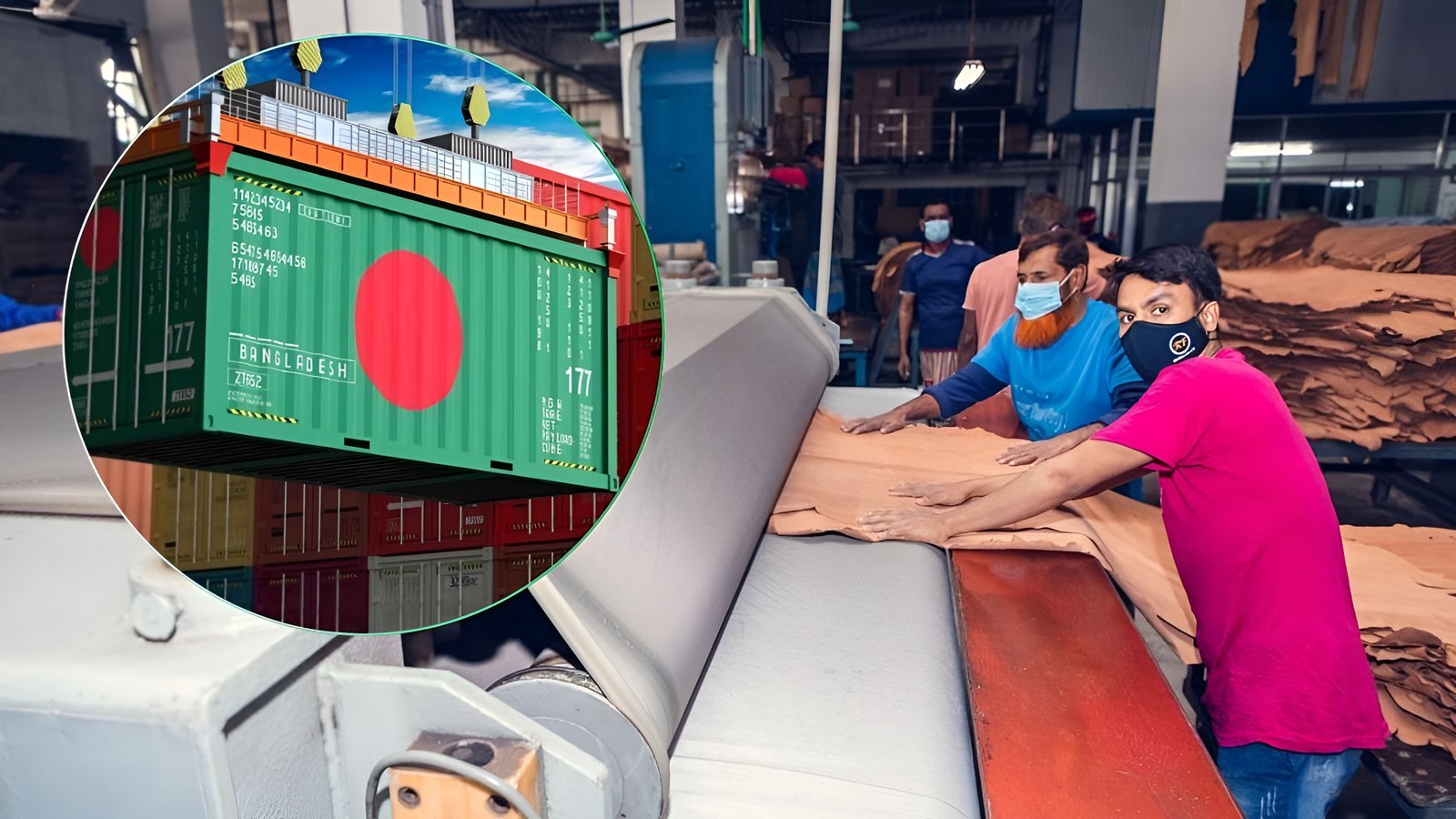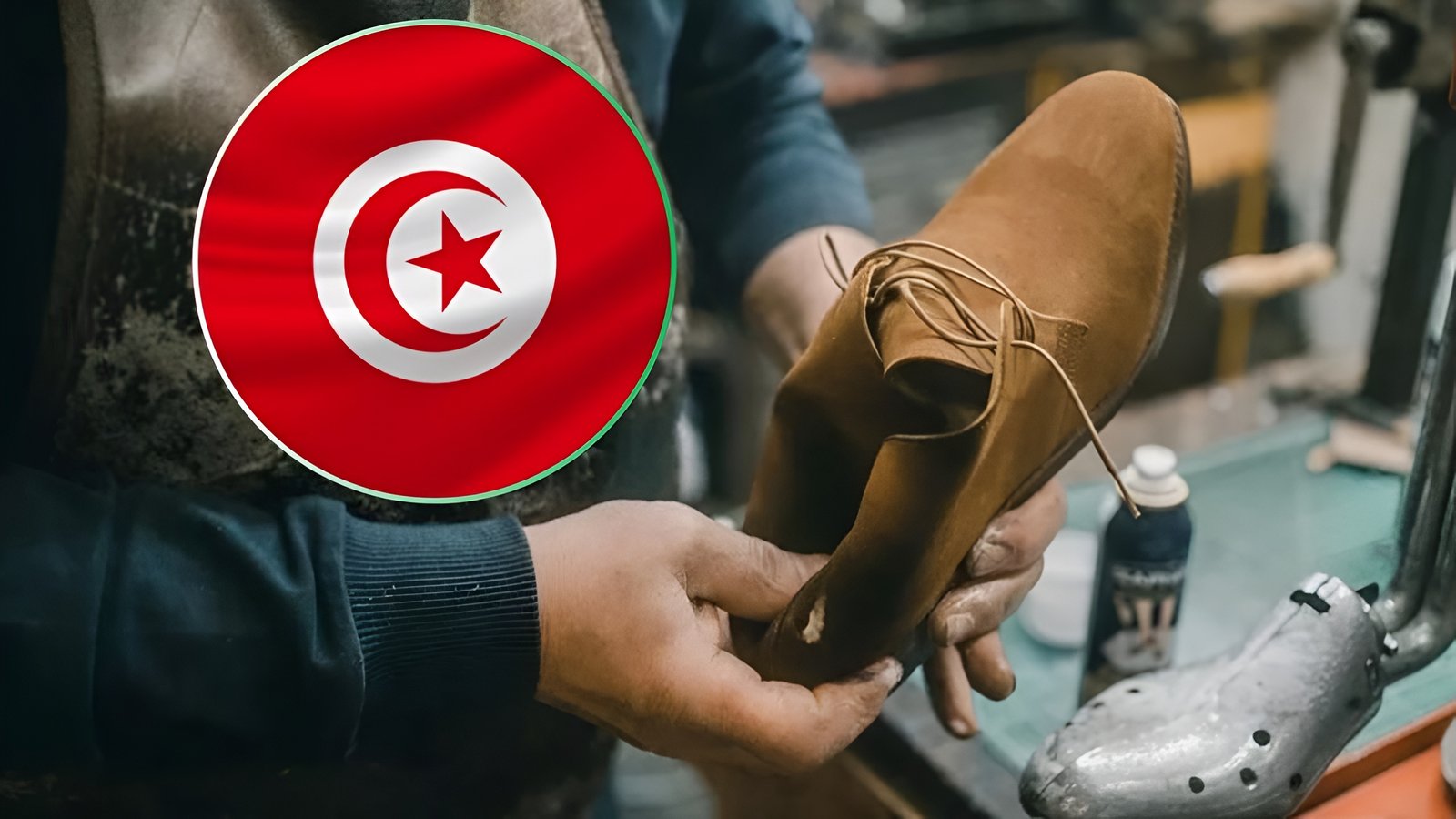In a bid to stimulate economic growth and foster employment opportunities, the government of Kenya has unveiled plans to bolster the leather industry in Narok County, situated in the south rift region of Kenya.
The announcement came during a press conference held at the Ewaso Ngiro tannery in Narok South sub-county. Peninnah Malonza, the Cabinet Secretary for East African Community, Arid and Semi-Arid Lands, and Regional Development, revealed the government’s commitment to revitalizing the sector, which has long been overlooked.
Highlighting the significance of the initiative, Malonza expressed remorse over the historical neglect of animal skins and hides, which were often discarded as waste. However, she noted a positive shift, stating that these materials have now become instrumental in generating employment opportunities. The tannery project has already facilitated the creation of over 500 direct jobs and an additional 5,000 indirect employment opportunities.
One of the key objectives outlined by Malonza is the expansion of the tannery factory to manufacture footwear for security personnel and school children. This move aims to reduce the reliance on imported leather products while simultaneously fostering local production and consumption.
Moreover, the expansion plans include enhancing the accessibility of treated leather products, thereby eliminating the need for businesswomen like Emily Osono, to travel long distances in search of raw materials. By bringing these resources closer to local artisans, the government seeks to catalyze entrepreneurship and alleviate logistical challenges faced by small-scale enterprises.
The impact of these developments is already being felt by entrepreneurs like Emily Osono, a beads and leather artisan based in Narok town. Osono commended the government’s efforts, emphasizing the positive effects on local businesses. Previously, artisans like Osono had to journey to Nairobi, Kenya’s capital, to procure treated leather for their craft. However, the establishment of the tannery has significantly reduced transportation costs and streamlined the supply chain, benefitting entrepreneurs and consumers alike.
The tannery project, initiated by the national government in 2014, has witnessed remarkable progress, particularly in the production of skin products sourced from various livestock such as goats, sheep, cows, and camels. This increase in output has not only helped the local leather industry but also positioned Narok County as a hub for sustainable economic development.
In conclusion, the government’s intervention in the leather industry of Narok County marks a pivotal step towards fostering economic resilience and job creation in the region. By harnessing the potential of local resources and empowering small-scale entrepreneurs, this initiative holds promise for sustainable growth and prosperity. As stakeholders continue to collaborate and innovate, the future of Narok’s leather industry appears vibrant and promising.










